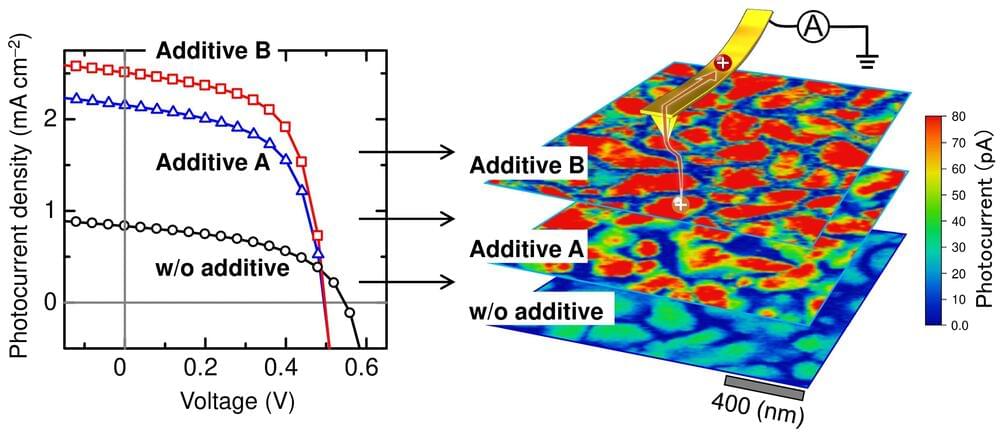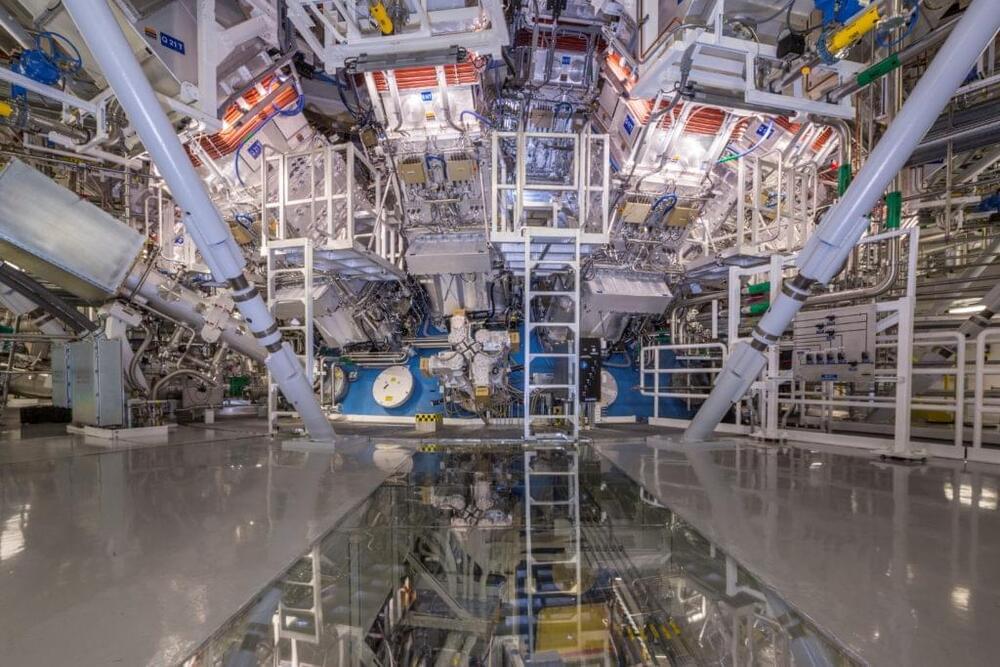New biodegradable straws developed in China are as cheap as plastic, stronger than paper, and made from edible materials — but can they make a difference in the global plastic waste problem?
Plastic everywhere: People produce 330 million tons of plastic every year. Less than 9% of it is recycled, and about 12% is incinerated — the rest ends up polluting our natural environment or languishing in landfills.
About half of this plastic is in disposable products — bags, straws, etc. Because these products are disposable, they’re also cheap, so any equally disposable but more sustainable alternatives are going to need to be cheap, too — and similar quality.








